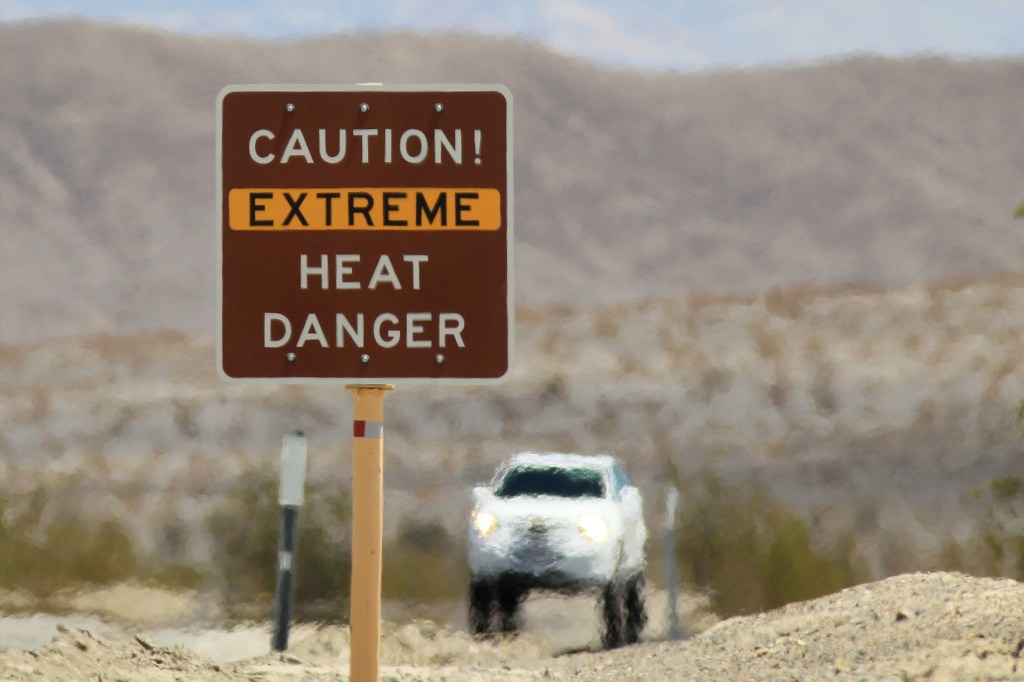More Heat Waves?

People across the country have been sweating through heat waves this summer. New research suggests they should get used to it.
Why? Climate change may make extreme heat conditions more common in almost every part of the country. This is according to a new paper. It was published on Tuesday, in the journal Environmental Research Communications. The paper says that by the end of the century, parts of the southeastern U.S. could have more than 120 days per year that feel hotter than 100°F. This includes states such as Texas, Louisiana, Mississippi, Alabama, and Florida.
Researchers from the Union of Concerned Scientists (UCS) led the study. UCS is a nonprofit organization. It uses science as a basis for talking about problems such as climate change and sustainability
sustainability
 RADOMIR TARASOV/EYEEM/GETTY IMAGES
the ability to do something without causing permanent damage to the environment
(noun)
One way to improve sustainability in schools is for students to bring in a resuable water bottle that they can refill at the water fountain.
.
RADOMIR TARASOV/EYEEM/GETTY IMAGES
the ability to do something without causing permanent damage to the environment
(noun)
One way to improve sustainability in schools is for students to bring in a resuable water bottle that they can refill at the water fountain.
.
The National Weather Service (NWS) has a system called a heat index. It uses air temperature and humidity to determine how hot it really feels outside. This is how the NWS decides to warn people of extreme heat. They issue a heat advisory when the heat index is expected to hit at least 100°F for two days or more.
What will happen in the Pacific Northwest and northern New England? These areas tend to be cooler. But they could also be affected, the study says. These places could see up to 10 days a year with a heat index of 105°F.
Extreme heat can be dangerous. Being exposed to high temperatures for a long period of time can lead to health risks. One risk is dehydration. Another is heat stroke.













